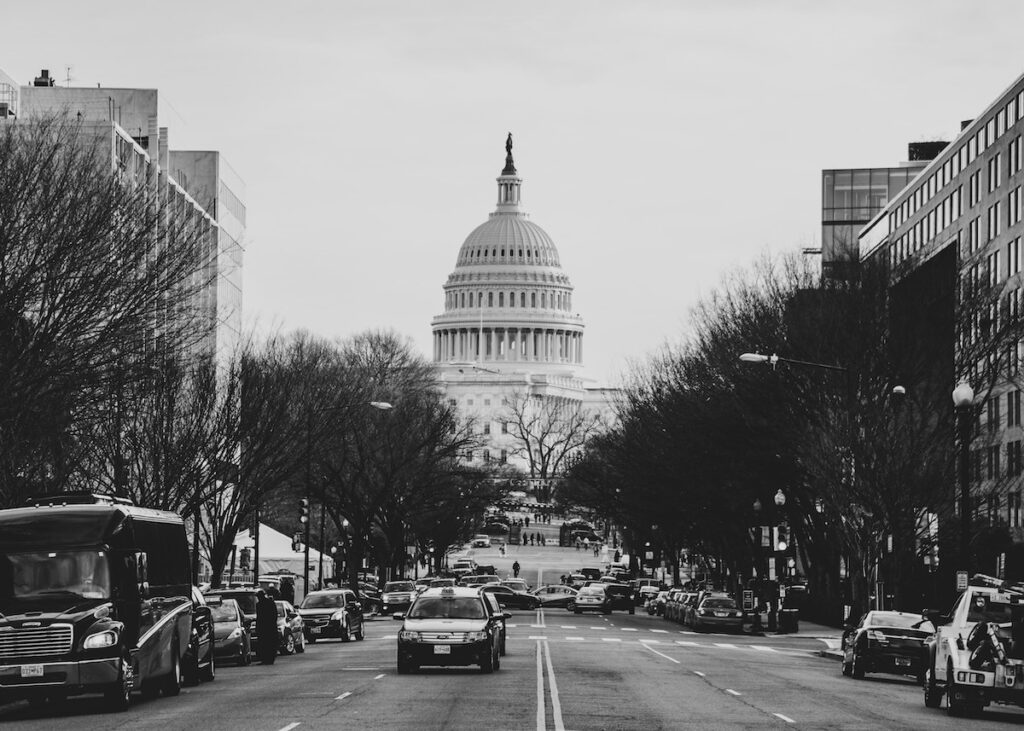The CARES Act, while imperfect, has given unprecedented attention to freelancers in its relief efforts. Here’s everything you need to know about what you may be eligible for and how to get it.
Direct Payment
All tax paying Americans will receive one-time payment of $1200 (for single filers making up to $75,000) OR $2400 (for married couples making up to $150,000), plus an additional $500 per dependent child. If you make between $75,000 and $99,000 as a single filer OR $150,000 and $198,000 as a married couple, will receive a reduced rate. If you make over $99,000 or $198,000 you won’t receive anything, even with children.
If you make under $12,200 or fall into any category that doesn’t require you to file taxes, you are still eligible, but it may take longer to see the funds. You can file now to potentially expedite this process. You must have a Social Security number.
As of right now this payment will be based on 2019* or 2018 tax filings depending on if you have filed already. If you end up making less in 2020 and become eligible this year (for example if you made $120,000 in 2019 and end up making $70,000 in 2020 as a single earner), you will receive your check when you file your 2020 taxes next year.
These payments will be mailed to the address you have on file with the IRS or will land in your account if you’ve used direct deposit. The department of treasury is apparently working on a way for anyone to enter direct deposit details to expedite receiving funds. The goal is to start sending out stimulus funds 3 weeks for now (so late April), but it could be longer if you’re waiting for a check to come in the mail.
Find more details and calculate how much you’ll get here.
*There is a nationwide tax deadline extension for both payments and filing from April 15 to July 15, so if you haven’t filed your taxes yet, you have time.
Unemployment Benefits
With a $250 billion infusion, unemployment eligibility has been extended to the self-employed, independent contractors, and gig economy workers through December 31.
First, you have to start with your individual state. Most states offer 26 weeks of unemployment benefits for people who lose employment through no fault of their own. Some states extend that to part-time workers, but not all. Get details for every state here.
In addition, the CARES Act has added Pandemic Unemployment Assistance which extends benefits to the self-employed, independent contractors, gig workers, and anyone else who cannot work because of the coronavirus pandemic (losing work due to illness, caring for a relative, mandated isolation, etc.) who may not have previously qualified. You will be eligible for half of your state’s unemployment benefits plus $600 per week.
After your state’s allotted benefits period ends, the CARES Act adds another 13 weeks to your benefits if you are still unemployed or unable to work, you may be able to file for an extension after that. Unemployment benefits count as taxable income.
Read more details on the changes to unemployment benefits here.
More from the Department of Labor here.
Health Insurance
There is now nation-wide coverage for all COVID-19 testing costs, but NOT treatment. If you are uninsured and become ill with COVID-19, you will not be covered if you need hospital care.
That said, health insurance enrollment has reopened in some states. Check out which ones and how to buy it here. If your state isn’t listed, you may qualify due to a recent job loss or other qualifying event. Click here check with your state. You can also check if you qualify for Medicaid, which is available year round.
If you’re not eligible for Medicaid and you can’t enroll in your state, you can check with your State Department of Health which may refer you to local resources that might be able to help you. Find a full list of state websites here.
*If you’re a Creative Circle freelancer, Benefits in a Card has offered special open enrollment until April 5, which you should have been notified about by email about on March 21.
Emergency Paid Sick Leave
The new legislation adds emergency paid sick leave for illness, inability to get to work because of isolation or quarantine, or taking care of a sick family member.
Full-time employees can take up to 80 hours of paid leave. Part-time employees are eligible for the average number of hours they work in 2 weeks. There are some exceptions and stipulations as far as monetary amount, so check out the details here. This will be provided in addition to any existing leave.
Independent contractors, freelancers, and the self-employed are also eligible for emergency paid sick leave in the form of a tax break. Details on how that works can be found here.
Disaster Loan Assistance + Paycheck Protection
Small businesses or cooperatives (under 500 employees), sole proprietors, independent contractors, private non-profits — among others — are eligible for federal assistance. This includes low interest loans (that can be forgiven depending on use and need) and up to $10,000 in grants if you are eligible.
To learn how to apply for the Paycheck Protection Loan click here.
The Small Business Administration is also backing up bank loans. All loans will qualify for forgiveness if used for payroll, mortgages, utilities, salaries under $100,000, etc. Details on eligibility and expenses can be found here.
For a breakdown by state click here.
To review all SBA assistance click here.
Payroll Tax Deferral
Employers and the self-employed can defer their payroll taxes through the end of the year. Those payments would be due in two portions at the end of 2021 and 2022.
Additionally, if a business’s operations are fully or partially suspended due to government restrictions, it may be eligible for a credit. More information here.
Student Loan Relief
The CARES Act automatically suspends payments on federal student loans through September 30 with no accrued interest. It also halts collection on defaulted loans. (This comes on the heels of an announcement saying you have the opportunity to halt payments for two months.)
This does not include private loans, but you can still request hardship forbearance by contacting the distributer of your loans.
Get more details on student loans here.
Charitable Deductions
Anyone who doesn’t itemize their charitable contributions can claim $300 as an “above-the-line deduction” on their 2020 tax returns. There are also breaks for large charitable donations.
Use of Retirement Funds
The 10% penalty has been lifted from withdrawing from retirement funds such as a 401K for amounts up to $100,000. Weigh the pros and cons here.
You can also read the CARES Act in its entirety here.
Beyond government aid, there are companies and collectives providing relief to artists, freelancers, and small businesses. Check out some options for loans, grants and other resources below.
Additional Resources
About the author.
Alessandra is the mentor, educator, and writer behind Boneseed, a private practice devoted to deep self-inquiry through a range of physical, energetic, and mental modalities. She has over 500 hours of yoga, mentorship, and facilitation training and can be found slinging knowledge on her website, newsletter, and @bone.seed.




